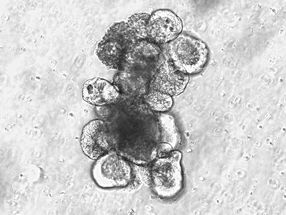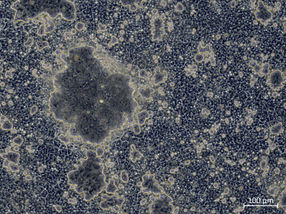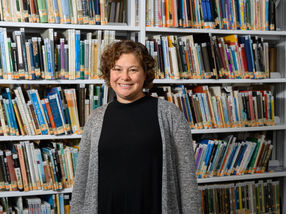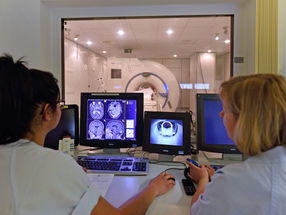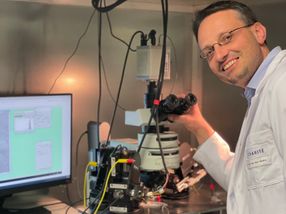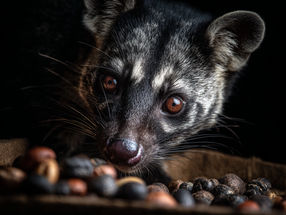New Discovery in Enzyme Research: Water is the Key for Activity
Discovery could help to enhance the use of biocatalysts in industrial applications such as food processing or the production of biofuels
Advertisement
Researchers from the University of Greifswald have discovered a special feature of enzymes that play a role in the conversion of sugar molecules. They identified a precisely coordinated water molecule. In the long run, this discovery could help to enhance the use of biocatalysts in industrial applications such as food processing or the production of biofuels. The results were published in Nature Communications on 31 July 2025.
Biochemists led by Prof. Dr. Uwe Bornscheuer from the Institute of Biochemistry investigated carbohydrate esterases, i.e. biocatalysts, that alter complex sugar structures by removing certain chemical groups. Carbohydrate esterases influence how well other enzymes are able to process these sugars. Within the framework of the DFG-funded Research Unit POMPU and in collaboration with scientists from Brazil, the researchers used X-ray crystallography to determine the full-length structure of two members of the enzyme family CE20 (Fl8CE20_II and PpCE20_II) and were able to elucidate their function for the first time.
The scientists came across a surprising discovery in the so-called active site of the enzyme, i.e. the part that performs the chemical reactions. “Normally, this site consists of three precisely located amino acids that work together – a so-called “catalytic triad”. However, a decisive component was missing in the investigated enzymes: instead of a directly involved amino acid, we identified a precisely coordinated water molecule that is able to perform the function,” explains Michelle Teune, doctoral candidate at the University of Greifswald, who was co-first author of the study together with Plinio Vieira.
This newly discovered structure – a “water-mediated catalytic triad” – was confirmed further in specific experiments. The researchers investigated various mutations of the enzyme to evaluate their influence on the coordination of the water molecule. According to the results, the water molecule in this novel triad plays a central role in the activity of the enzymes. “Our results show that water not only serves as a solvent, but is actually actively involved in the reaction,” explains Prof. Michael Lammers, who was involved in the study as a structural biologist at the Institute of Biochemistry, and adds: “This is a mechanism that we were previously unaware of that substantially extends our understanding of enzymes.”
“This study shows how valuable scientific collaboration can be and it delivers important fundamental knowledge for our understanding of carbohydrate esterases, which will also be important for our recently granted Transregio/CRC CONCENTRATE,” says Prof. Dr. Uwe Bornscheuer, lead researcher of the project.
These new findings are not only important for fundamental research, they could also find practical application as these biocatalysts from terrestrial and marine carbohydrates could be used to create sustainably valuable products for various applications in the food industry or in the field of biotechnology, e.g. for the production of biofuels.
Original publication
Michelle Teune, Plínio S. Vieira, Thorben Döhler, Gottfried J. Palm, Theresa Dutschei, Daniel Bartosik, Leona Berndt, Gabriela F. Persinoti, Sandra Maaß, Dörte Becher, Thomas Schweder, Mário T. Murakami, Michael Lammers, Uwe T. Bornscheuer; "Insights into a water-mediated catalytic triad architecture in CE20 carbohydrate esterases"; Nature Communications, Volume 16, 2025-7-31














